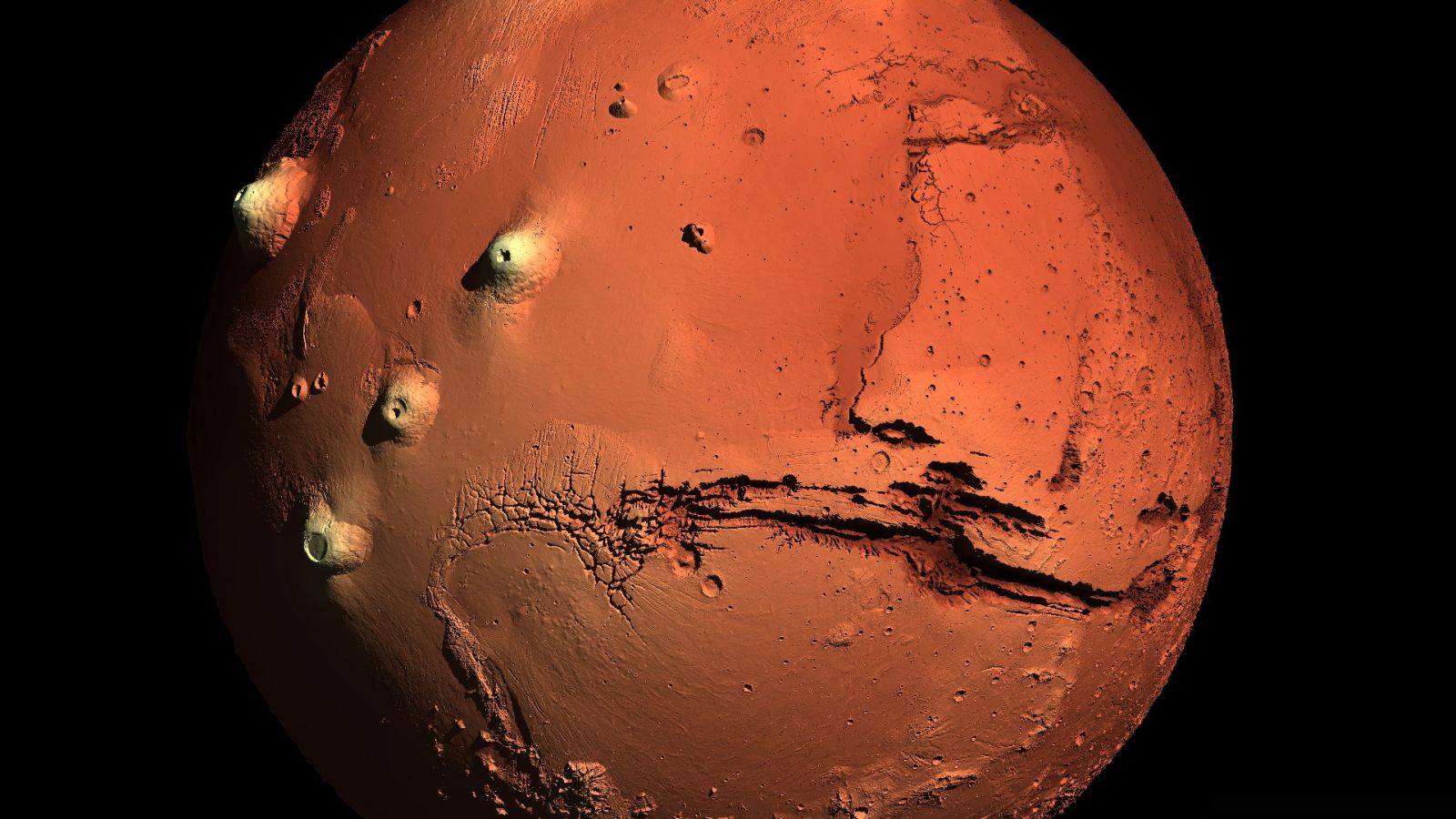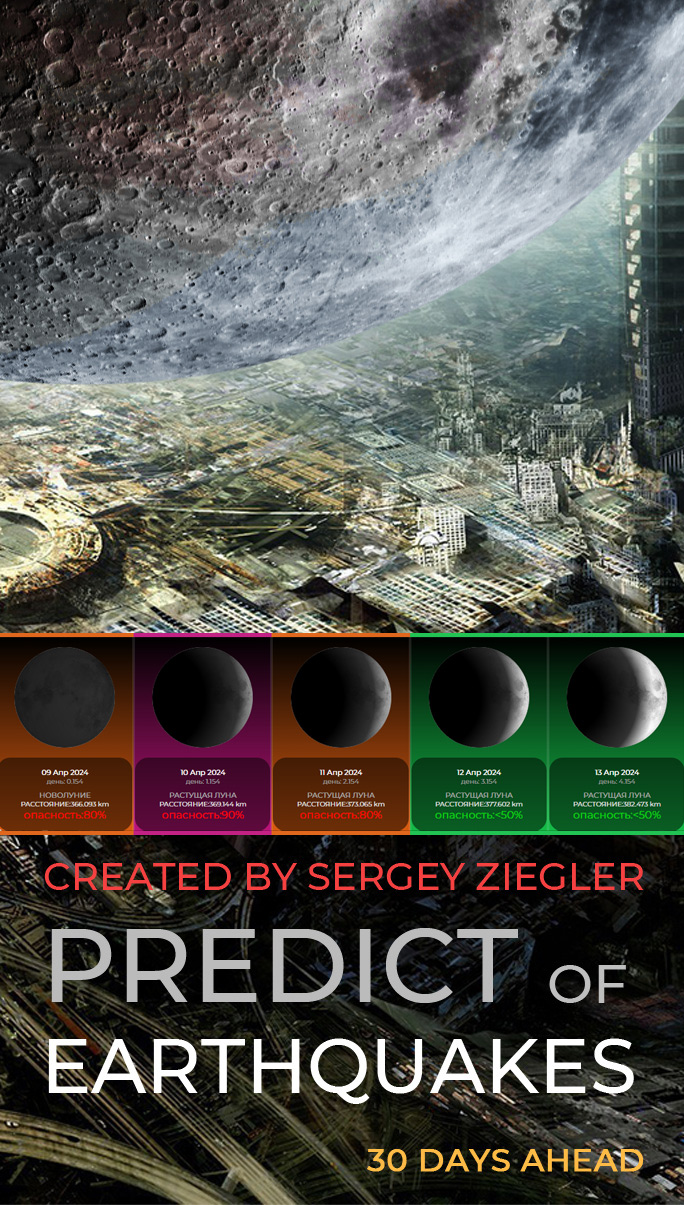
Mars. What do we know about Mars?
There is practically no mention of Mars in the chronicles of our planet. Due to the red color of the planet, similar to blood, the ancient Greeks compared it to Ares, the god of war.
What conclusion can we draw from this? The conclusion is simple, Mars was a red planet as early as 500 BC, during the heyday of Greece. This means that if something happened to Mars, it would have happened before 500 BC.
In this material I will present my theory of what happened to Mars, why it became the way it is now. So let's get started.
We will collect all the necessary data on Mars and draw logical conclusions.
At first, scientists record more than 1,000 earthquakes per year associated with the surface of Mars. That is, these earthquakes are caused by asteroid falls. This is official information.
At second, Mars shows multiple signs of damage, impacts, and craters. Moreover, there are traces of serious collisions with fairly large objects. It follows that Mars is a victim of asteroids.
Third, considering that Mars has a thin atmosphere and ice, it can be argued that Mars had a rich atmosphere and water, which means there was life there.
Now let's draw logical conclusions.
If more than 1000 asteroids fall on Mars per year, then we can look at Mars and roughly imagine if it could become like this if 1000 asteroids per year fell on it periodically? I don't think so. Given its vibrant flora, Mars would be able to withstand two small asteroid impacts per day without damaging the atmosphere. Mars looks as if hundreds of thousands of asteroids once fell on it simultaneously, and judging by some particularly large marks and even mountains, these were giant asteroids.
Let's continue to think. What happens to an asteroid when it enters the atmosphere?
Friction of the asteroid with the air occurs, as a result of which the temperature increases and the oxygen in the atmosphere ignites. The asteroid becomes flying firewood under an oxygen burner. Accordingly, the following happens: oxygen burns and its amount in the atmosphere decreases. That is, with the simultaneous combustion of hundreds of thousands of asteroids, the planet’s atmosphere could simply disappear, and the planet would be covered by the remains of the combustion, destroying all the flora and giving Mars an ominous red color.
And here the question arises, where did hundreds of thousands of asteroids come from?
In my last material, I talked about the destruction of the planet Phaeton. The planet was destroyed, breaking up into millions of asteroids and some of them bombarded Mars. After this, Phaethon was left with an asteroid belt between Mars and Jupiter, and Mars was attacked by many asteroids. I believe that the destruction of Phaeton was the trigger point for the start of a simultaneous fall of asteroids onto Mars. And if the fall of asteroids on Mars was one-time, then we can say that Mars was close to Phaethon at that moment. And the death of the planet Phaeton led to the death of life on Mars and the destruction of the atmosphere there. When exactly this happened, I tell in my book Connecting Points, which contains all the calculations of my research and evidence that can be consulted. It also describes in detail the planetary catastrophe that occurred on Earth, which changed the appearance of our planet and caused a global flood, destroying most living beings, including dinosaurs.

But let's return to Mars. I would like to comment on the future prospects for the colonization of Mars. If we colonize Mars and want to restore the atmosphere there, then we will have to live with the fact that Mars will be constantly bombarded by asteroids and the planet's atmosphere will have to be constantly maintained by restoring the flora, which I see as a very labor-intensive and expensive process. Life there will be like the lottery of life, about two or three asteroid falls and the same number of earthquakes per day. The best option would be to create a powerful orbital laser that will shoot down asteroids twice a day, and in the best case, will gradually begin to clear the space between Mars and Jupiter from the remnants of the planet Phaeton. In this case, it will be possible to live more or less peacefully on Mars. The whole question is whether capitalists will want to invest money in creating such a laser and terroforming Mars. I have doubts on this topic. Let's be honest, the main goals of the capitalists' colonization of Mars are to install drilling rigs and rob the planet of resources for the sake of some good purposes, which they will use to hide behind, but which, in reality, are not part of their plans. Until the priority in society changes towards real values, such as the value of life, helping others, humanity, working for the common good, then human indifference and the acquisition of power by unworthy people who received money dishonestly will remain the norm on our planet. Well, Mars will be a source of dirty profit, and not a path to a bright future, communication with other intelligent beings in the Universe and obtaining answers to many questions that have always interested us.
You can learn more about the research of Sergey Ziegler and immerse yourself in the real chronology of our planet, learn about how the Moon appeared, where it came from, who created us and where they disappeared to. What kind of terrible planetary catastrophe occurred on our planet and comprehend real story of mankind you may, by purchasing the book "Connecting Points". In this way, you will support further research. The purchase also includes a subscription to updates and access to all blog materials.
Buy
You also have the opportunity to support the research of Sergei Ziegler, and simply, as a human being, express gratitude for something new that you learned today, by donating.
Details:
PayPal: mail.sergey.ziegler@gmail.com
USDT TRC20: TMPQV8iEzY71gCYFehpS3o3ooMu642RWb4
cashcom: YTM4ODNjNTM4YzE3MTUxZTdjYjg3ZTdiN

 669
669



















